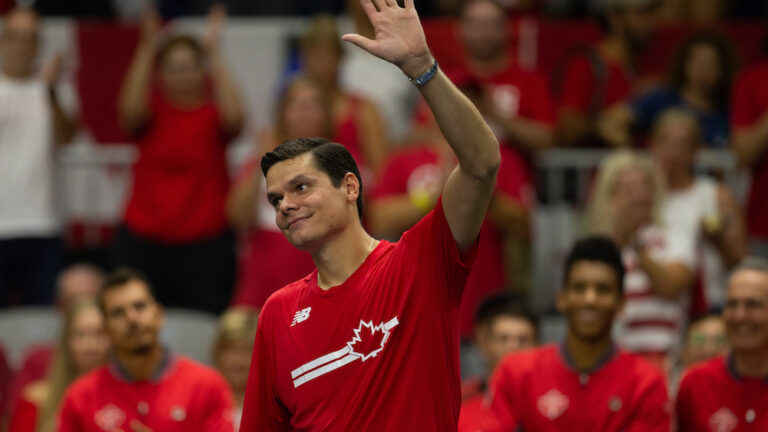
Photo: usine-digitale.fr
I was delighted to read your thoughts on my recent post on July 6 on the perfect broadcast and the things that make your tennis heart sing. Or not.
After all, in a season, fans watch very (very) few matches live and in person and many (many) more on a phone, tablet, computer or TV screen.
Underhand serve, overheard comments
Paula Aiken of Vancouver set out nine points to share her views—many of which I share, especially with respect to courtside camera angles versus shots captured higher and further from the action.
A particular point caught my attention immediately: “It amazes me how many times the cameraman misses the most important angle from which to see an underarm serve! So often the camera is focused too close on the server and we don’t get to see the receiver’s reaction, which is ultimately the most interesting part of the point. Obviously, the serve comes as a surprise but with certain players it is somewhat predictable.”

Paula, I bet a lot of people share your frustration. But, here, a correction and clarification are needed, since the camera operator certainly isn’t the one to blame.
There’s a camera permanently focused on each player and another in the stands, at the very back, for a bird’-eye view. There are wide shots of the entire court and views of each player, so that makes the omission the director’s fault, not the camera operator’s. From the production trailer, the director chooses which angles are broadcast. It’s a call that’s made hundreds of times during a match. While it’s OK to linger on the server for too long, there’s no excuse not to show the receiver or the court in a wide shot.

Of course, with quick-fire servers like Nick Kyrgios (who happens to be a big fan of underhand serving), there isn’t enough time between points to show a slow-motion replay, and that’s why they’re quite rare. Still, there’s nothing stopping producers from cueing one up during the break. Even with a few minutes’ delay, viewers would love it.
Paula also raises an excellent point about not being able to hear what the players are saying when they’re talking to themselves or the chair umpire.

Who wouldn’t love a long-range microphone when a character like Kyrgios (who runs his mouth as much as he runs his racquet) is on the court?
The answer’s obvious: unless there’s a 7- or 10-second delay, broadcasters run the risk of retransmitting some unsavoury stuff.

When players are near the chair umpire, their comments get picked up by the mics around the court. That’s how we heard Daniil Medvedev’s fiery rant at the AO.
Chair umpires are used to dealing with pressure and tennis stars whose nerves can be as taut at their racquet strings, but no one, including Jaume Campistol who felt Medvedev’s wrath, likes being called stupid. Producers have no control over these incidents and, generally speaking, would rather not risk offending their viewers.
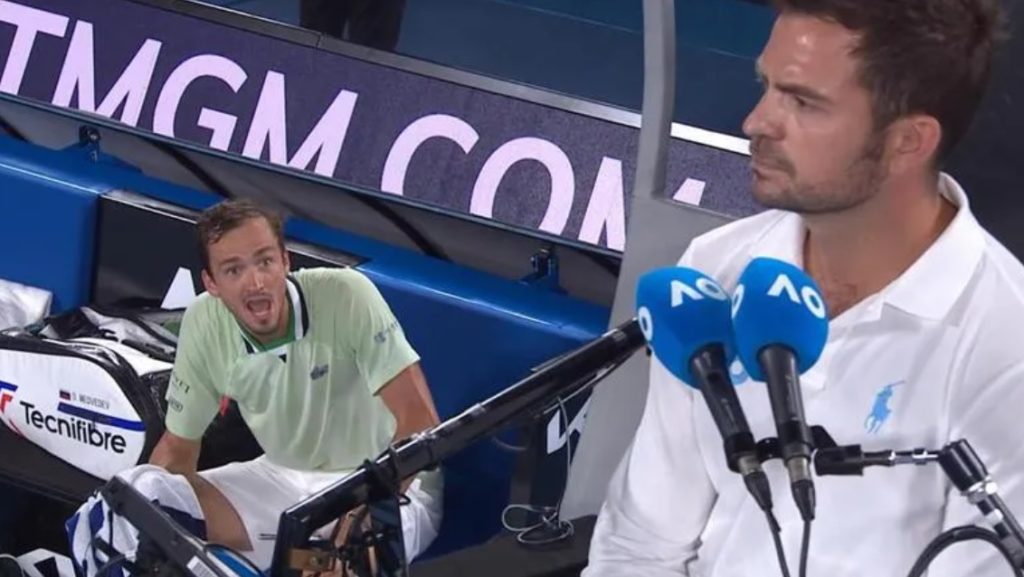
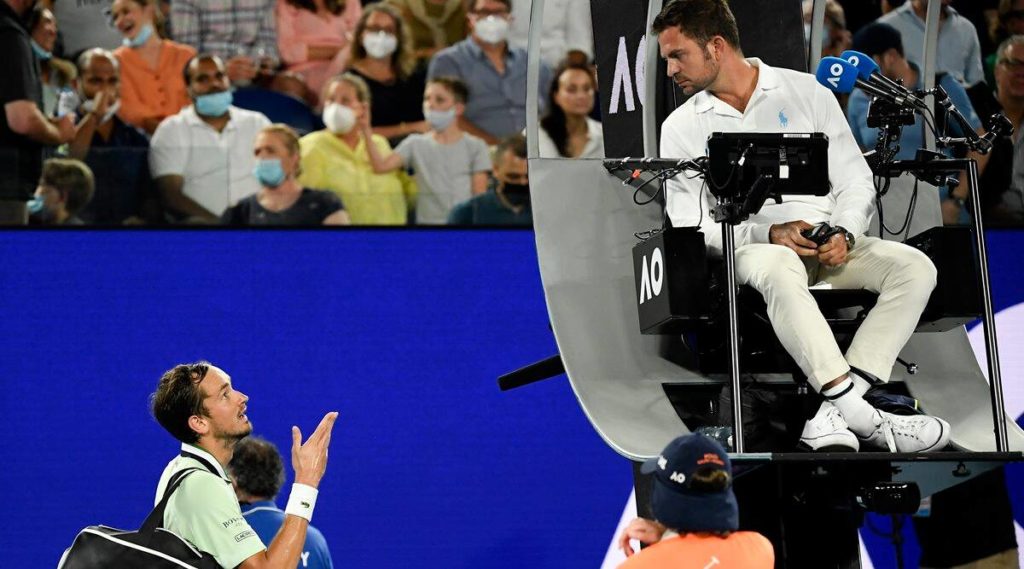
Finally, Paula also deplores that a lot of matches are now stream-only: “As a home viewer, there is no way to record those matches and watch them later as you can with your PVR. If Tennis TV had access to the Slams, this would eliminate this issue.”
First, a word about the majors, which aren’t like regular WTA and ATP events. Each Slam manages its own broadcasting rights, which are sold at a premium. That’s why you can record the matches at home, and that’s why they aren’t streamed.
All the other pro tournaments—the 250s, 500s and 1000s—sign agreements with WTA TV and Tennis TV (ATP). Most of the matches that are streamed can be viewed later on both platforms. Just scroll through the menu to find them.
So, Paula, you don’t have to miss anything. And if you do, catch up on the tennis platforms. Except for those Grand Slam showdowns, of course.
Commentators and camera positions
Judy Farrow of Hemmingford, Québec, who describes herself as an avid tennis fan, agrees with most of what I had to say in my blog, including the importance of the post-match handshake and interview with the winner.
Judy also wishes—and she isn’t alone—that commentators would keep more of their comments to themselves: “What you didn’t remark on, but it is getting better, is the quality of on court announcers who feel they need to give us a play by play of something we are watching. Let the players do the talking and make your comments at the appropriate time.”
When I said she wasn’t alone, I meant there are tonnes of viewers who’ve had it with commentators going on and on, especially during the rallies. That’s something I heard several times during my years as a tennis commentator, from 2012 to 2020. For many of you, rallies are sacred and, from what I understand, commentators should never, EVER, talk during rallies.
In contrast to my thoughts about the low cameras behind the players, Judy doesn’t love the angle. She acknowledges that producers are trying to expand their content, but the fact that she has trouble distinguishing the player at the other end takes away from the experience.
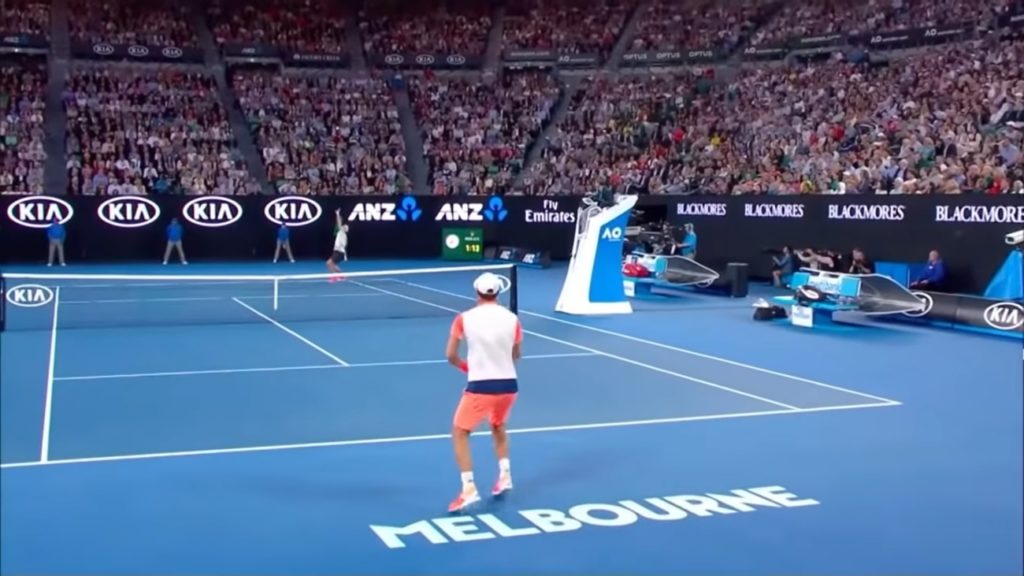
As for the shots of the crowd, Judy wants to see more fans and fewer friends and family in the players’ boxes.
“What also annoys me is the cameraman is always breaking away to the players box, e.g., DJ’s match vs Sinner. How many times do you have to show them? They are not the ones who are putting out the effort. At the US Open, they scan through the crowd and pick out interesting individuals, which is fun for the spectators as well.”
Good point, Judy. Lots of people would probably agree. Personally, though, I think spectator reactions are featured much too often.
What you see on TV is what’s shown on the giant screens in the stadium. Since virtually everyone likes seeing themselves, fans in the stands tend to react—even tennis and royal aristocracy. It’s fun for people in the stadium but gets repetitive for people in their living rooms.
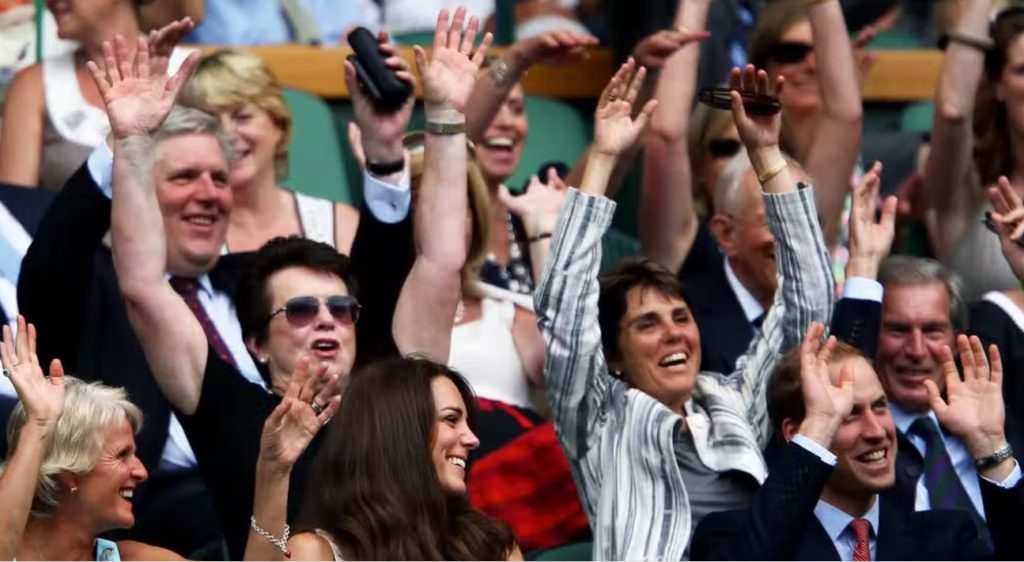
Keep the noise down!
Anthea Booth noted an irritating failing of the Wimbledon broadcasts: the background noise: “ESPN has the court mic volume so high that when the audience is clapping/shouting it drowns out the commentators’ comments on the previous shots. Drives me crazy as you can’t hear the analysis.”
The space I’m allotted for this blog means I can’t respond to all your comments, but I’d like to thank you very much for sharing your thoughts.
While tennis broadcasts are increasingly modern, diversified and original, there’s always room for improvement.

Email: privard@tenniscanada.com
Twitter: @paul6rivard
Follow all our Canadians in action here.


